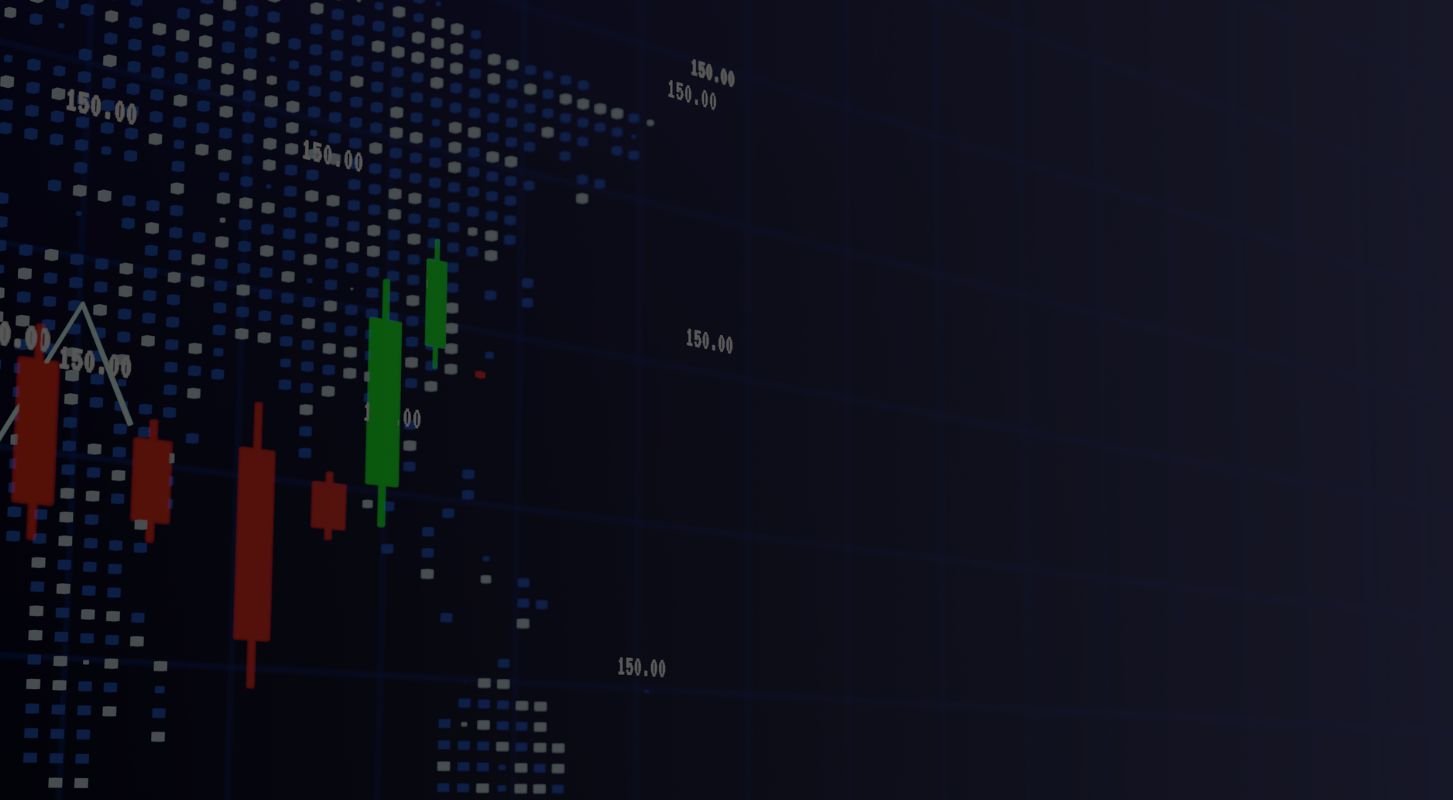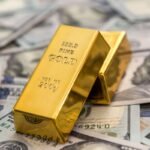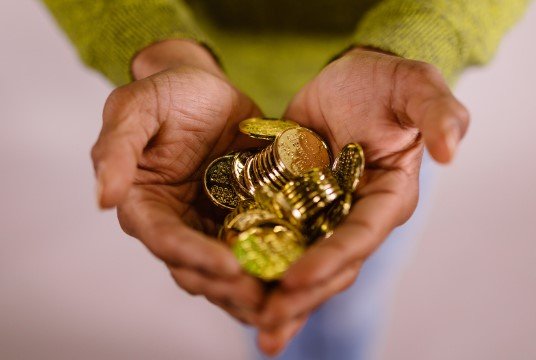Precious metals, often revered for their intrinsic beauty, rarity, and historical significance, form a unique class of commodities that have captured human fascination for centuries. Comprising gold, silver, platinum, and palladium, these metals go beyond mere industrial applications, transcending into realms of adornment, investment, and cultural symbolism.
What Defines Precious Metals?
1. Rarity and Scarcity: At the core of their designation as “precious” lies the rarity of these metals. Unlike base metals, which are abundant in the Earth’s crust, precious metals are relatively scarce. This scarcity contributes to their intrinsic value and coveted status.
2. Inherent Beauty: Precious metals exhibit distinctive physical properties that enhance their allure. Their luster, malleability, and resistance to corrosion make them not only aesthetically pleasing but also practical for various applications.
3. Historical Significance: The history of precious metals is intertwined with human civilization. Gold, for example, has been used as a form of currency and a symbol of wealth across cultures and centuries. Silver, with its antibacterial properties, found use in medicine and as a medium of exchange. Platinum and palladium, though discovered more recently, have gained prominence in industry and investment.
Benefits of Investing in Precious Metals
rom gold and silver to platinum and palladium, these timeless commodities offer a range of benefits for investors seeking both security and growth in their portfolios.
1. Wealth Preservation in Turbulent Times
Precious metals, particularly gold, have long been regarded as safe-haven assets. During times of economic uncertainty, geopolitical tensions, or market volatility, investors often flock to these metals, seeking a reliable store of value. The intrinsic rarity and universal appeal of precious metals make them a sought-after refuge in turbulent times.
2. Diversification for Risk Mitigation
One of the primary advantages of including precious metals in an investment portfolio is diversification. Unlike traditional assets such as stocks and bonds, the value of precious metals often moves independently of these markets. This independence acts as a counterbalance, mitigating risks and enhancing the overall stability of the portfolio.
3. Inflation Hedge
Precious metals have historically served as effective hedges against inflation. When the purchasing power of fiat currencies erodes due to rising inflation, the intrinsic value of precious metals tends to hold firm. Investors turn to gold and silver to safeguard their wealth and ensure it retains its purchasing power over time.
4. Historical Performance and Stability
A retrospective analysis of the historical performance of precious metals reveals their resilience across various economic climates. In times of economic downturns or market corrections, precious metals have demonstrated the ability to maintain their value, providing a sense of stability to investors.
5. Portfolio Insurance in a Crisis
Precious metals act as a form of insurance in a diversified portfolio. In the face of systemic risks, such as financial crises or currency devaluations, the inclusion of these metals can provide a protective layer, ensuring that the overall value of the portfolio is less susceptible to drastic declines.
6. Global Economic Uncertainties:
The benefits of investing in precious metals are not confined to specific regions or economic conditions. Their universal appeal makes them a versatile asset that can thrive in a variety of global economic environments, providing investors with a globally recognized and accepted form of value.
7. Tangible and Portable Wealth
Investing in quantum metal exchange offers the advantage of tangible and portable wealth. Unlike real estate or certain financial instruments, physical gold, silver, platinum, or palladium can be securely stored or easily transported, providing investors with a level of flexibility in managing their assets.
Are Precious Metals Really a Good Investment?
Investing in precious metals is a sound financial strategy for several compelling reasons. Firstly, these metals, including gold, silver, platinum, and palladium, have consistently demonstrated resilience in retaining their value over time. Their scarcity and finite supply contribute to a stability that withstands economic fluctuations and monetary policies, making them a reliable store of value.
Furthermore, the diverse applications of precious metals extend beyond their ornamental use. From medical devices and vehicles to semiconductors and solar panels, these metals play integral roles in various industrial sectors. This widespread utilization ensures a consistent and enduring demand, adding to their investment appeal.
Tangibility is another key advantage of investing in precious metals. Unlike digital or virtual assets, tangible forms such as bullion and jewelry provide investors with a physical and secure representation of their wealth. This tangible aspect adds a layer of permanence to the investment, fostering a sense of security.
Historically, precious metals have proven their worth as an effective hedge against inflation. As fiat currencies face devaluation due to inflationary pressures, the intrinsic value of precious metals tends to remain stable. Investors turn to these metals to safeguard their wealth and purchasing power in times of economic uncertainty.
Global recognition and acceptance further enhance the attractiveness of precious metals. Universally acknowledged for their value, particularly gold, these metals transcend cultural boundaries, providing liquidity and trust on a global scale.
Lastly, the inclusion of precious metals in an investment portfolio contributes to diversification. Their performance often moves independently of traditional assets, such as stocks and bonds, offering a hedge against market volatility and enhancing overall portfolio stability.
In essence, investing in precious metals combines historical resilience, versatile industrial applications, tangibility, and global acceptance, making it a prudent choice for those seeking a stable and enduring investment.







